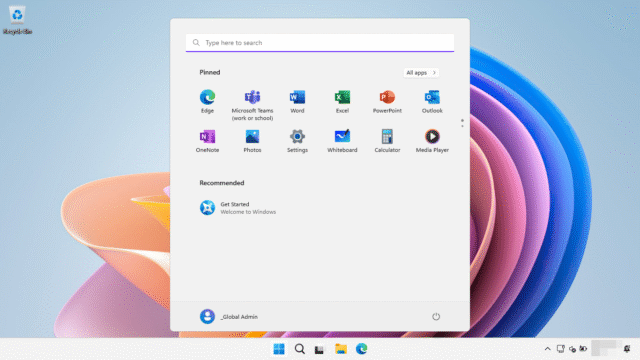Microsoft announces end of support for Windows 11 SE

It is not just Windows 10 that Microsoft is ready to forget – the company is adding Windows 11 SE to the list as well.
In a quiet announcement, Microsoft says that in a little over a year, Windows 11 SE will no longer be supported and will no longer receive updates of any description. But what does this mean for users, and where does it leave them?
This is not an announcement that will affect a broad cross-section of Windows users. Windows 11 SE can be regarded as being something of a rival to Chrome OS. Microsoft says that it was designed for special use scenarios, but particularly liked the idea of it being used in schools on low-spec devices – much as ChromeOS has very low hardware requirements.
Microsoft’s own description of Windows 11 SE is as follows:
Windows 11 SE is an edition of Windows designed for education. Windows SE runs on web-first devices that use essential education apps, and it comes with Microsoft Office 365 preinstalled (subscription sold separately).
For education customers seeking cost-effective devices, Microsoft Windows 11 SE is a great choice.
With Chromebooks having taken hold of a large proportion of the educational market, it seems that Microsoft is conceding defeat. In a note added to the top of the Windows 11 SE overview page, the company writes of this version of its operating system’s impending demise:
Support for Windows 11 SE will end in October 2026
Microsoft will not release a feature update after Windows 11 SE, version 24H2. Support for Windows 11 SE—including software updates, technical assistance, and security fixes—will end in October 2026. While your device will continue to work, we recommend transitioning to a device that supports another edition of Windows 11 to ensure continued support and security.
While the range of users affected by this may be fairly limited, the numbers involved will be pretty large. There are numerous hardware manufacturers – the likes of HP and Asus – that have produced laptops specifically for Windows 11 SE. Microsoft’s own Surface Laptop SE is another example.
Both Chromebooks and Windows 11 SE devices are (or were, in the case of the latter), appealing because of their low cost. A laptop for the fraction of the usual price is clearly attractive.
The death of Windows 11 SE
But both operating systems meant making compromises. Both run in reduced functionality modes when compared to other laptops, and build quality can be rather poor. It seems as though it was easier for users to forgive these limitations in Chromebooks because they delivered a different experience. In the case of Windows 11 SE, Microsoft was simply delivering a poorer Windows experience, and this was simply not acceptable.
The added security and simplified administration were appealing to sysadmins and the educational body, but for users it was not good enough. But while Chromebooks are losing their appeal and sales are dropping, it is Microsoft that has blinked first in the battle of trimmed-down operating systems.
Microsoft may say that support is ending in October next year, but the company also makes it clear that any update delivered between now and then will be minor. Anyone hoping to see Windows 11 SE 25H2 released is going to be left disappointed. Windows 11 SE 24H2 is the final version of this operating system.
Is this an operating system whose death you will mourn? Was Windows 11 SE doomed to failure from the start, or was it just an operating system for a very specific period of recent history? Should Microsoft try again with a “lite” version of Windows? Let us know your thoughts in the comments below.
